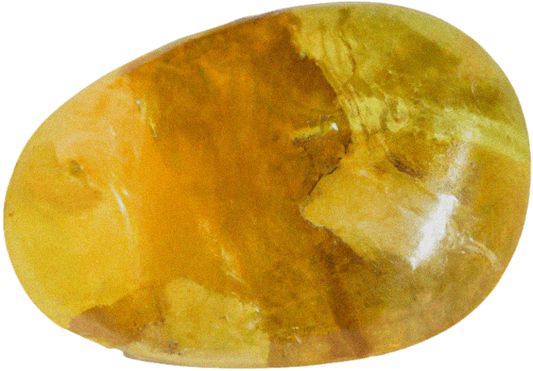Due to changes in gold prices, our jewelry prices are being adjusted. We appreciate your understanding and continued support.
Gemstone Guide
Embark on a journey into the enchanting world of gemstones! From the timeless elegance of diamonds to the vibrant hues of tourmalines, our guide offers insights into the characteristics, meanings, and qualities of each gem. Discover the fascinating history, explore unique properties, and find the perfect gemstone for every occasion. Let the magic of gemstones ignite your imagination!
From A to Z
(45)
gemstones total
-
Akoya pearl 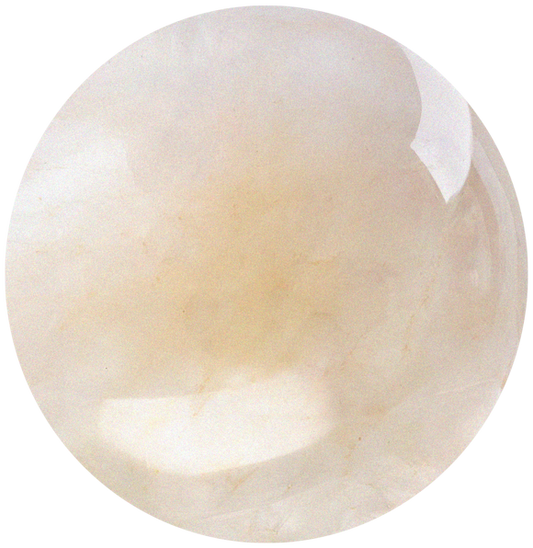
-
Amazonite 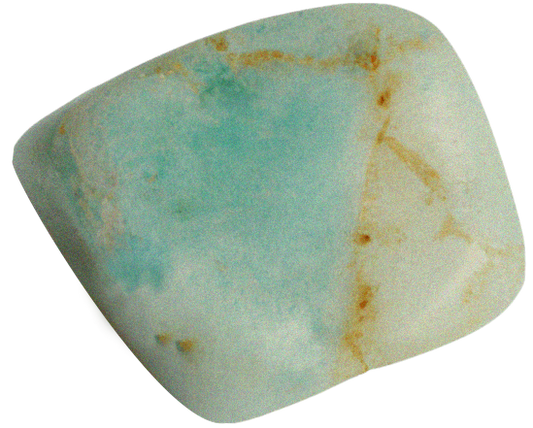
-
Amethyst 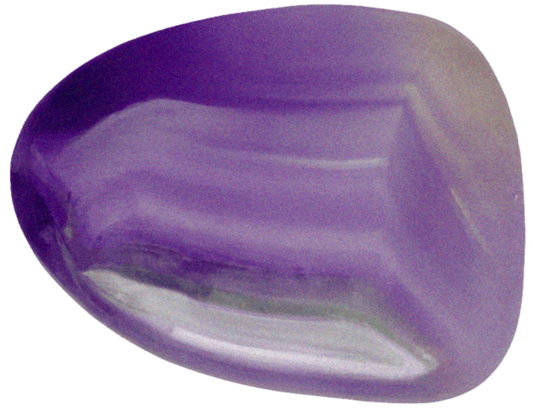
-
Aquamarine 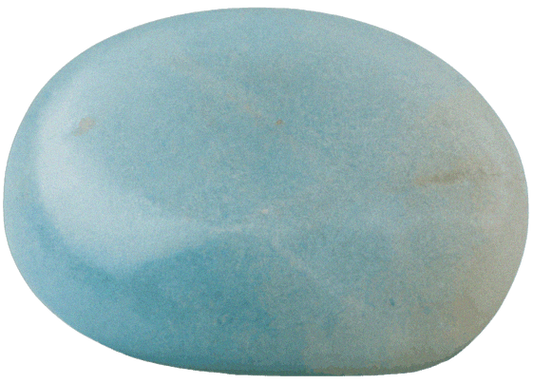
-
Blue sapphire 
-
Blue topaz 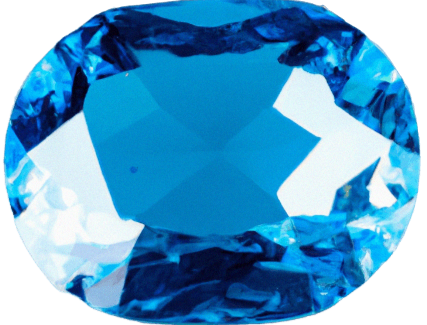
-
Chrysoprase 
-
Citrine 
-
Diamond 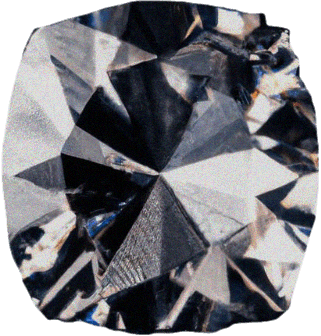
-
Emerald 
-
Goldstone 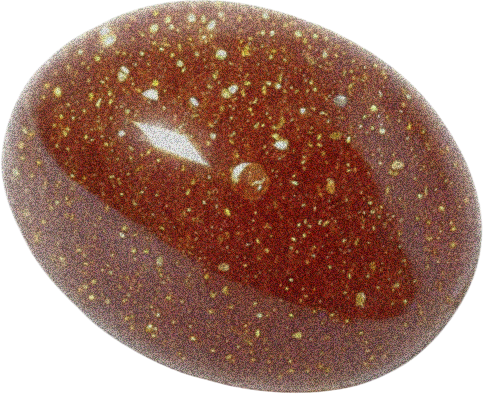
-
Green amethyst 
-
Green tourmaline 
-
Grey moonstone 
-
Guava quartz 
-
Iolite 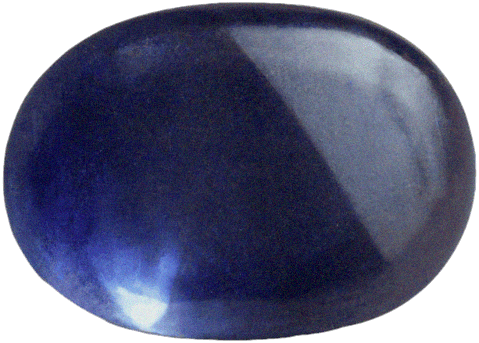
-
Larimar 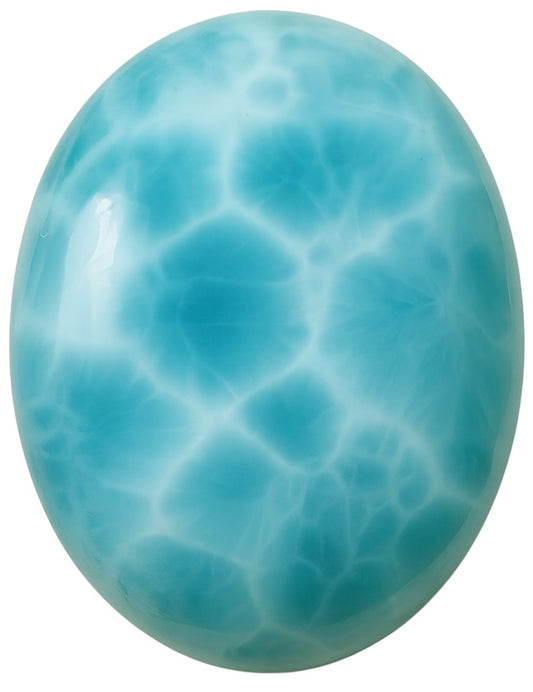
-
Lavender chalcedony 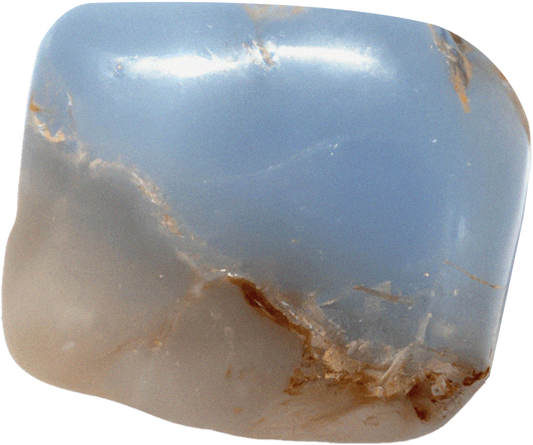
-
Lavender jade 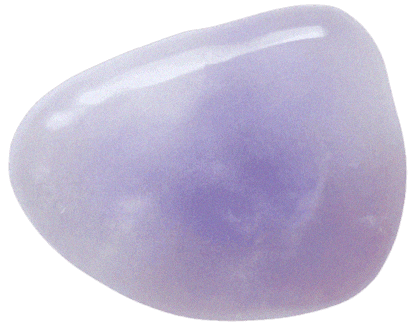
-
Lavender quartz 
-
Lemon chrysoprase 
-
Malachite 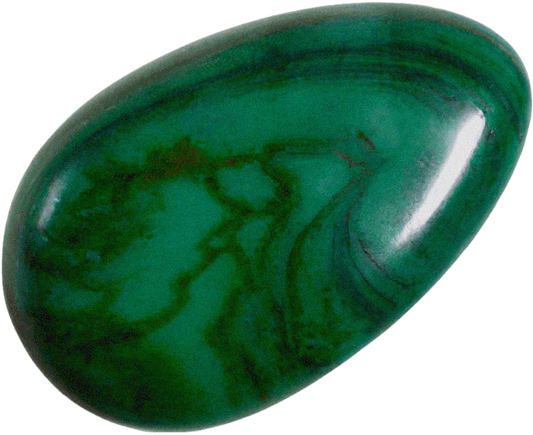
-
Milky quartz 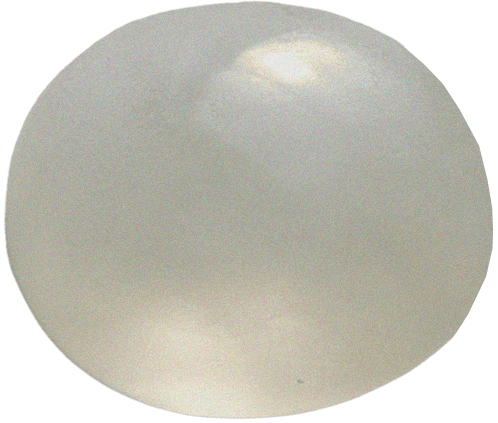
-
Onyx 
-
Orange moonstone 
-
Peridot 
-
Pink opal 
-
Pink tourmaline 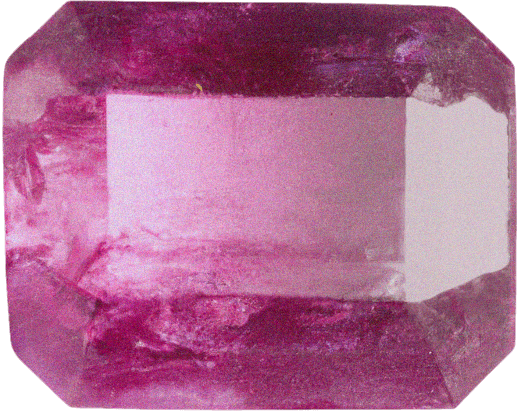
-
Rhodolite 
-
Rock crystal 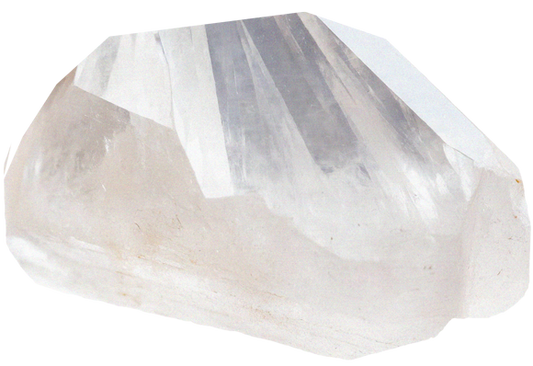
-
Rose quartz 
-
Rubellite 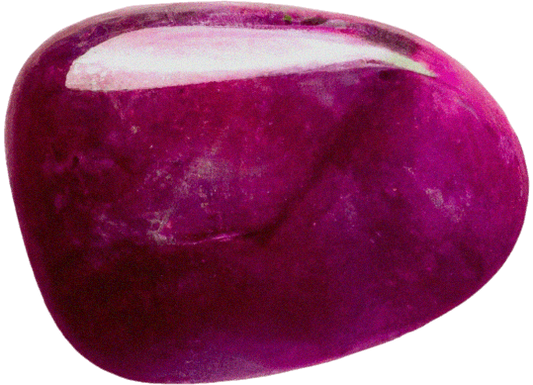
-
Ruby 
-
Rutilated quartz 
-
Smoky quartz 
-
South sea pearl 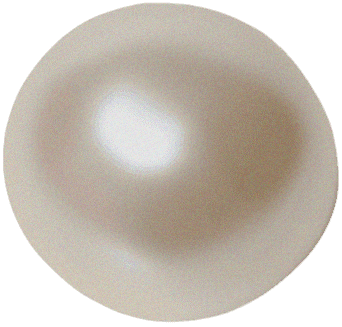
-
Spinel 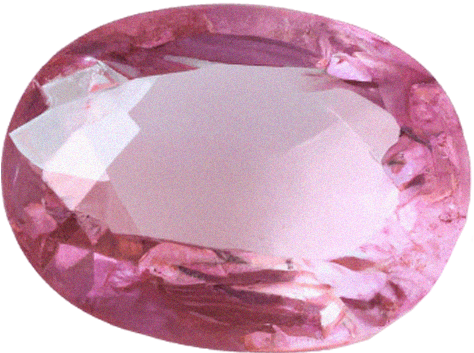
-
Tahitian pearl 
-
Tiger eye 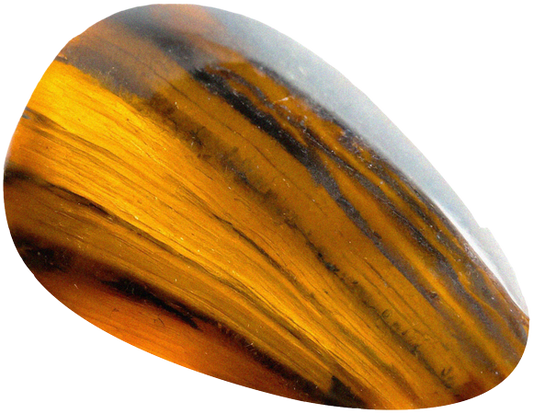
-
Tsavorite 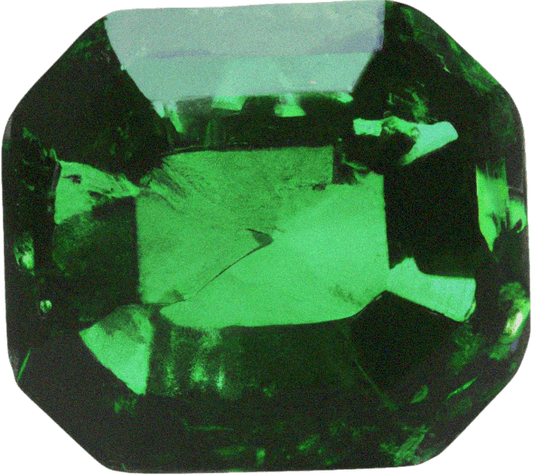
-
Turquoise 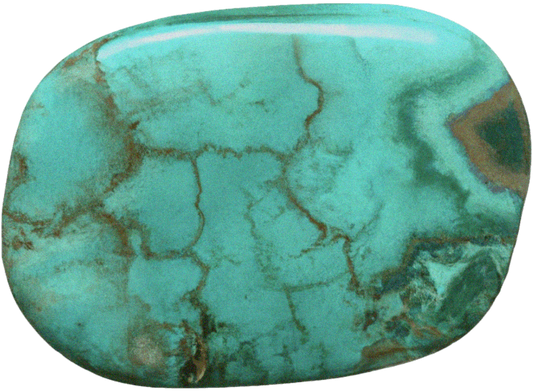
-
White agate 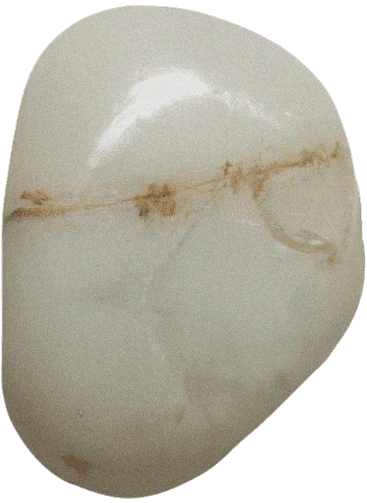
-
White opal 
-
Yellow agate 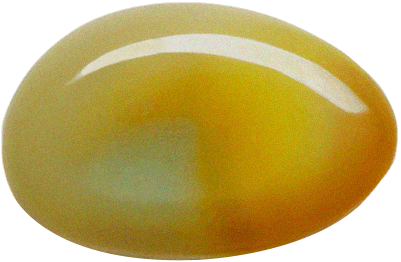
-
Yellow opal 